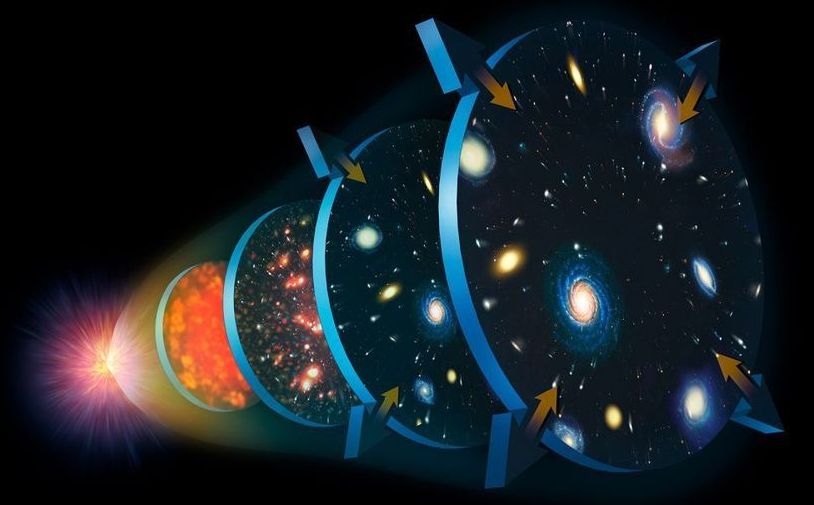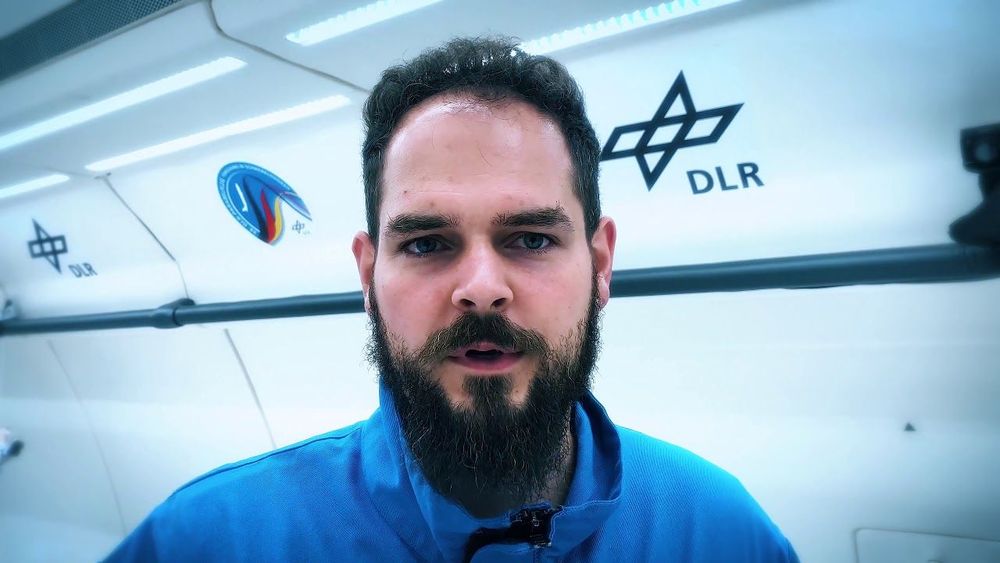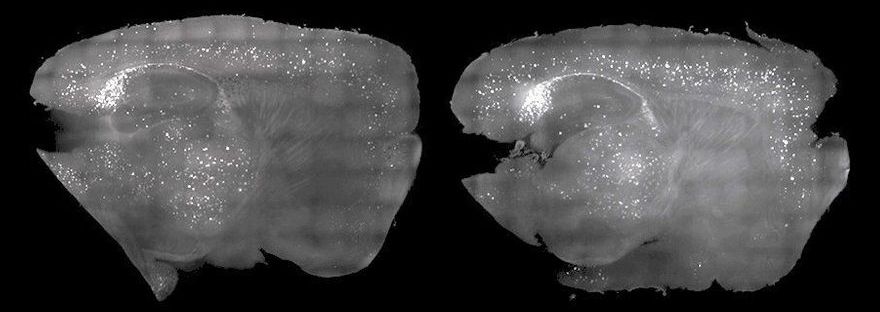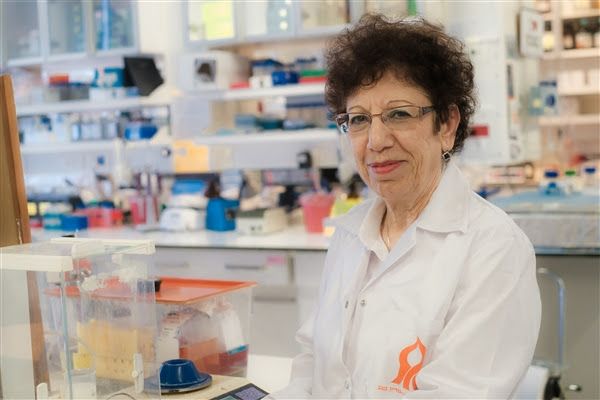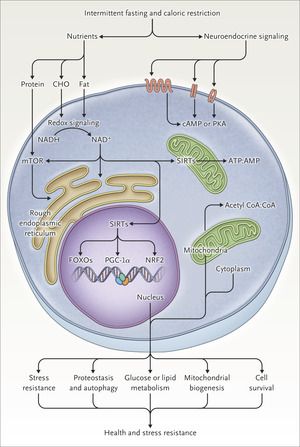So, what can businesses do to address this? A big part of the answer lies in emerging technologies such as artificial intelligence (AI) and automation, which will drive new ways of securing the cloud in 2020 and beyond.
The device has allowed Chou’s team to investigate how microgravity affects different diseases. The scientists report it has been tremendously effective so far in eliminating cancer cells.
“When placed in a microgravity environment, 80 to 90 per cent of the cells in the four different cancer types we tested – ovarian, breast, nose and lung – were disabled,” said Chou.
Normally, these are the hardest cancers to fight. Chou’s experiments, without using any drugs, managed to either kill such cells or make them “float off because they can no longer hold on.”
Freeze it, boil it, or expose it to radiation. The water bear shrugs it off. Now we know why.
Many experiencers have been visited by alien mantises. I personally heard their cackling communication and have things stolen without any trace simply teleported away.
This extraterrestrial species resembles a praying mantis and occasionally surface in abduction accounts as overseers. Learn about the Mantid agenda on Earth.
Clumps of harmful proteins that interfere with brain functions have been partially cleared in mice using nothing but light and sound.
Research led by MIT earlier this year found strobe lights and a low pitched buzz can be used to recreate brain waves lost in the disease, which in turn remove plaque and improve cognitive function in mice engineered to display Alzheimer’s-like behaviour.
It’s a little like using light and sound to trigger their own brain waves to help fight the disease.
The second thing to mention is that in many instances, we actually have cracked it, at least medically. There are endless cutting-edge treatments being deployed as we speak, and endless additional cutting-edge research projects being conducted. There are new breakthroughs all the time, much of which are awaiting FDA approval, but one thing many of these treatments and cures have in common is that they are developed in a tiny country smaller than New Jersey that happens to be located in perhaps the worst neighborhood on Earth. When it comes to cancer research, Israel leads the way.
Finally, the last time I wrote about cutting-edge cancer treatments, I was contacted by a close friend who is a leading oncologist. He pointed out that a disclaimer is very much necessary when I write these articles. The last thing oncologists need is for their patients to think there is some magical solution here and show up to their appointments with a cut-out of an article. In fact, the last thing a cancer patient needs is false hope.
So the disclaimer is that this company is in the clinical trial phase, and if all goes according to plan, tumors might be much more manageable and treatable than they are today, but a lot has to happen before we get there.
Professor Varda Shoshan-Barmatz of the Department of Life Sciences and the founding Director of the NIBN, in collaboration with Dr. Jay Chung of the NIH, have successfully demonstrated that the mitochondrial protein VDAC1 is critical for the release of mitochondrial DNA (mtDNA) associated with the lupus disease.
They demonstrated that restricting of VDAC1 with a newly developed molecule resulted in substantial improvement in pathological aspects of the disease.
“When VDAC1 is over-expressed, as found in several diseases, a large pore composed of several VDAC1 units is formed, allowing the release of pro-cell death factors and mtDNA,” BGU explained in a statement.
We thank Drs. Michel Bernier and Anne E. Burke for valuable input, Mr. Marc Raley for work on previous versions of the figures, Dr. David G. Le Couteur for assistance with the preparation of an earlier version of the manuscript, and the Intramural Research Program of the National Institute on Aging, National Institutes of Health, for its support.
That might explain things…
There may soon be serious financial and legal ramifications to the proliferation of deepfake technology. The Wall Street Journal reported last week that a UK energy company’s chief executive was tricked into wiring €200,000 to a Hungarian supplier because he believed his boss was instructing him to do so. Instead, it was a thief using deepfake tech.

